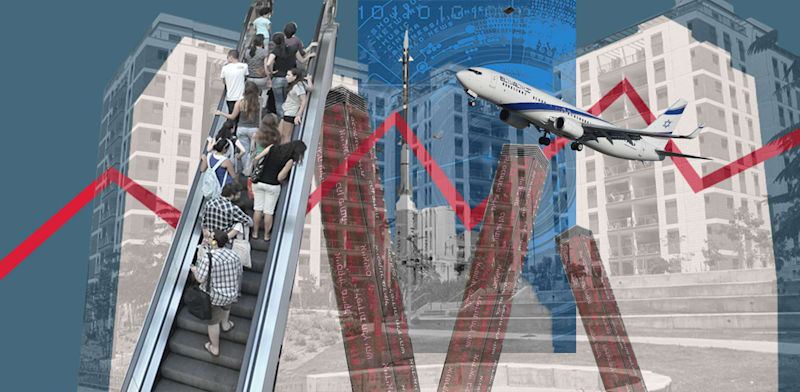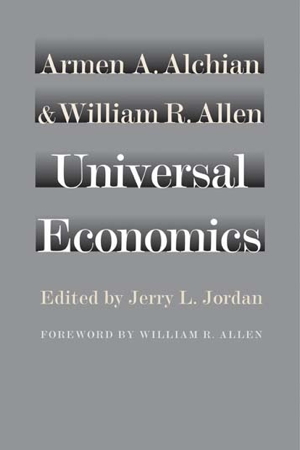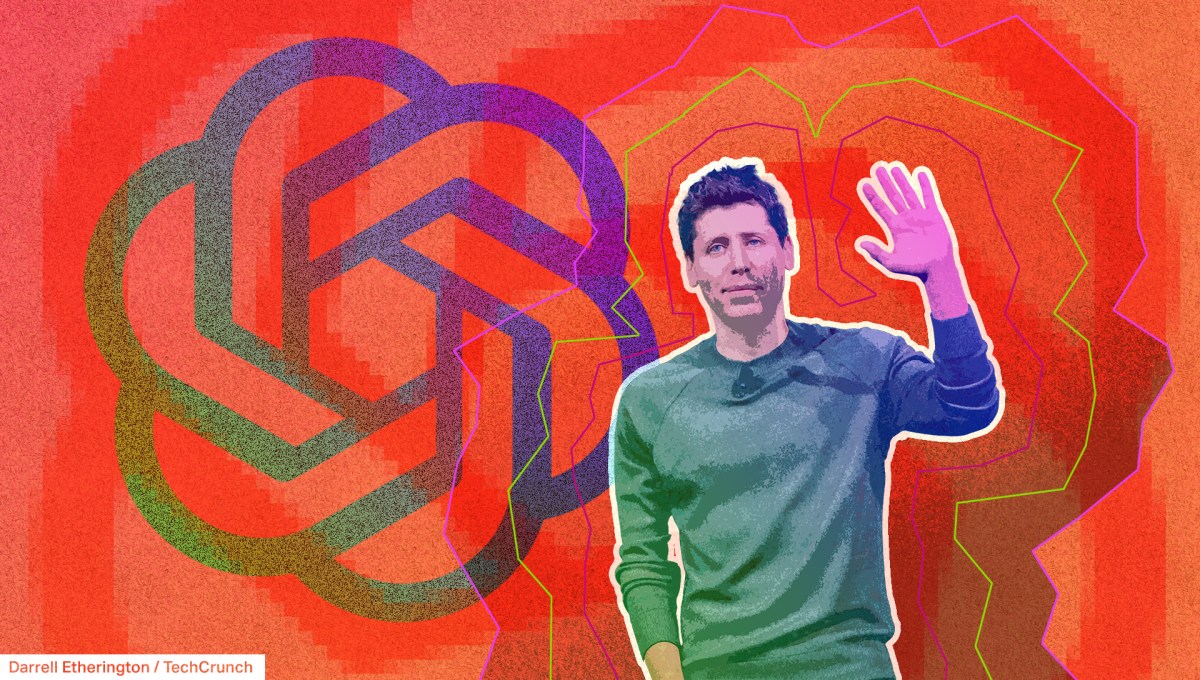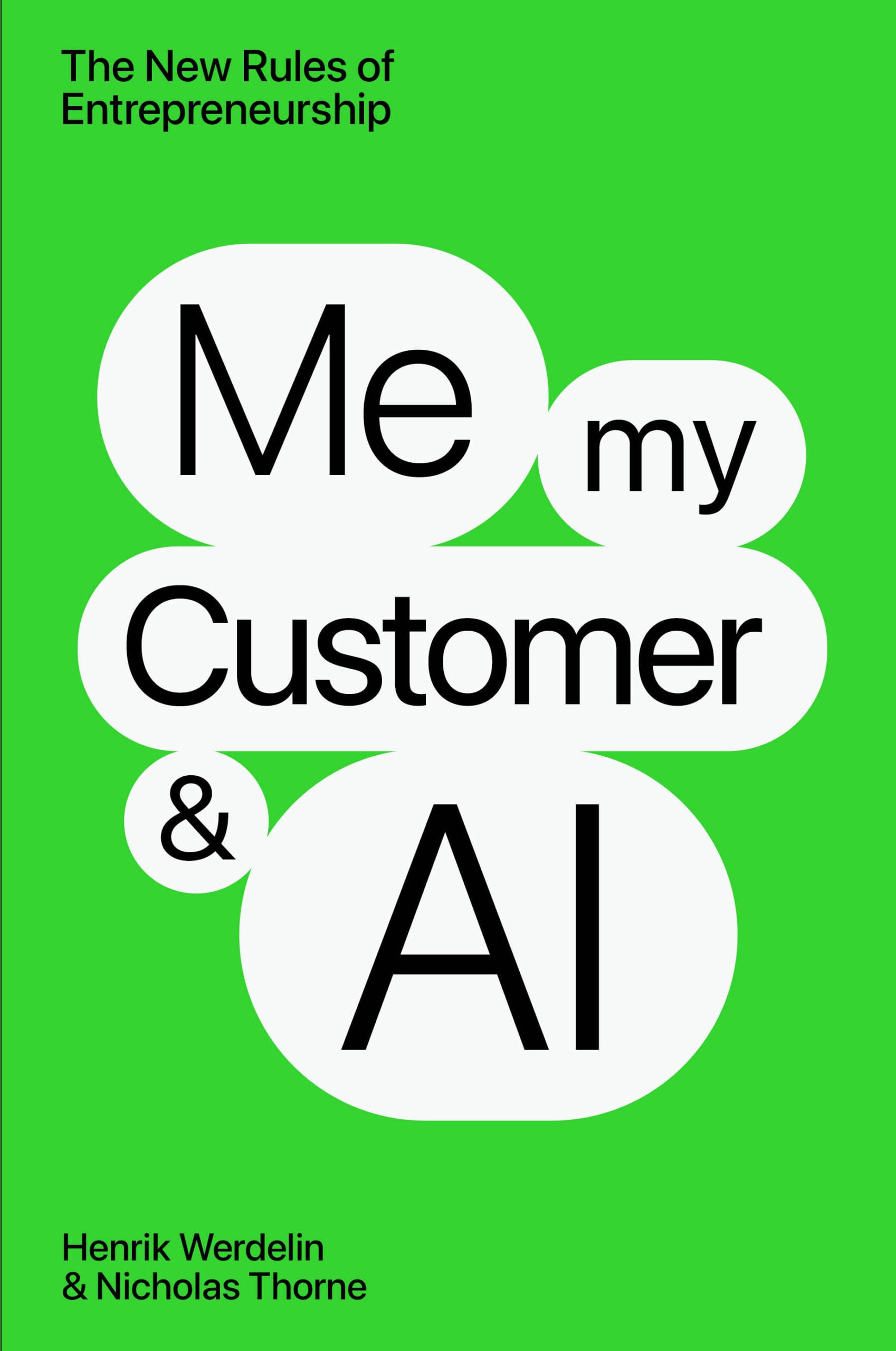The Federal Reserve raised a key interest rate one-quarter of a percentage point on Wednesday, the same level of an increase as in its previous meeting seven weeks ago. Repeating that small hike might not seem dramatic, but after a turbulent couple of weeks for the global economy, the 25-basis-point boost is a pretty big deal.
In early March, the economic data seemed to indicate a larger rate hike would be warranted at this month’s meeting and Fed Chair Jerome Powell acknowledged the long road to lower inflation could be “bumpy.” However, the economy hit some massive bumps days later, with two significant bank failures sowing chaos in the markets. In addition to prompting the Fed to recalibrate, the upheaval caused a stampede into bonds, which could push mortgage interest rates downward, even as the Fed continues to raise rates to quell inflation.
How the Fed’s plan was knocked off course
Following a 25-basis-point increase at the January/February meeting, it seemed likely that the Fed would yank interest rates upward more decisively at the beginning of this month. That’s because economic data kept showing the economy running hot and the rate of inflation remaining brisk. February’s consumer price index found inflation at 6%.
On March 7 and 8, Powell spoke before Congress, emphasizing that the Fed’s decision-making would be data-driven, seemingly laying the groundwork for larger rate hikes.
“If the totality of the data were to indicate that faster tightening is warranted, we would be prepared to increase the pace of rate hikes,” Powell remarked. Markets took this as a sign that a 50-basis-point increase could be the outcome of the March meeting.
Then the U.S. experienced its second-largest bank failure in history, as a rash of depositors scrambling to withdraw funds collapsed Silicon Valley Bank on March 10. (Disclosure: NerdWallet banked with SVB before its closure.) Then, scarcely 48 hours later, the third-largest bank failure occurred, with regulators taking charge of Signature Bank and SVB. This sent markets into turmoil over fears of a wider-spread banking crisis.
Suddenly the Fed’s path forward was much less obvious, especially because rate hikes had played a role in the demise of Silicon Valley Bank. SVB’s liquidity crisis arose when depositors panicked following an announcement that the bank had sold bonds at a loss. SVB lost money on those longer-term bonds because higher interest rates made those assets — purchased when interest rates were significantly lower — less valuable.
“The collapse of two large banks drives home that we do have problems in the banking system, which could get worse if the Fed moves too aggressively going forward,” Dean Baker, senior economist with the Center for Economic and Policy Research, said in an email last week. “It looks like the actions taken by the Fed and Treasury have stemmed the panic, but there is no doubt that the rapid series of rate hikes over the last year have increased risks in the financial sector.”
Why mortgage rates could actually fall
Mortgage rates had been on an upward trajectory in 2023, with annual percentage rates, or APRs, on 30-year fixed-rate loans firmly in 7% territory right around the time Powell spoke before Congress. But as bank failures upended the markets, mortgage rates took a tumble.
That’s because rattled investors began looking toward the relative security of government bonds. With interest rates high and economic uncertainty looming, bonds seem like a safe place to park assets. That’s pushing up bond prices, which tends to lower fixed mortgage rates.
With the Fed apparently toning down today’s rate hike, mortgage rates could plateau. Or, if anxious investors keep buying bonds, they could even fall. That’s something mortgage lenders may be open to, as interest rate increases keep pushing potential buyers out of the housing market.
And unless home buyers truly become acclimated to higher rates — which for now, they certainly aren’t — mortgage lenders arguably have every incentive to lower interest rates as soon as they can.








































